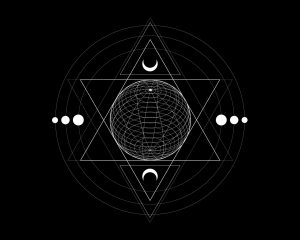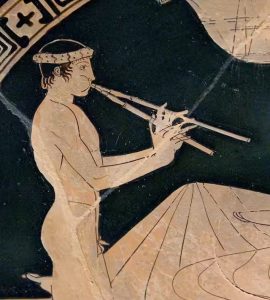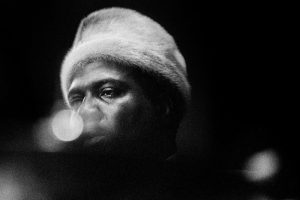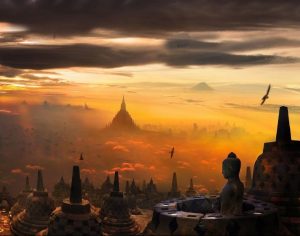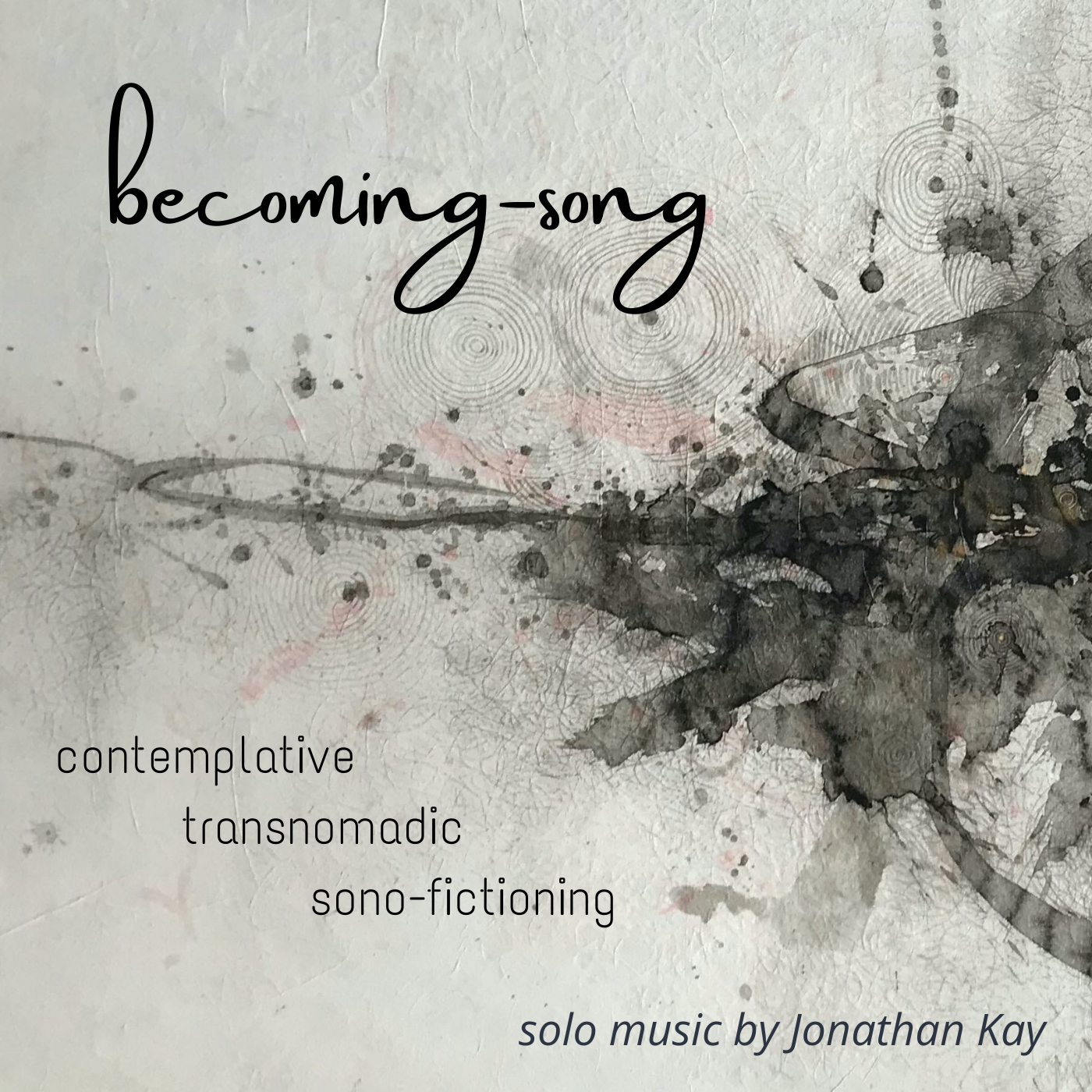
becoming-song: contemplative transnomadic sono-fictioning
New Solo Album Release on September 15th, 2022
This album is an experiment in contemplative and transcultural musical nomadism.
Sono-poetic arts-based research involving:
• Solo music album: becoming-song: contemplative and transnomadic sono-fictioning
• Postscript a: Sono-Poetics of becoming-song
• Postscript b: Sonoculture: A musico-philosophical reflection
Overview of key musico-philosophical foundations:
• Musical trans-nomadism: an ethico-aesthetic revolution as experimental and transcultural improvisation through the activation of minor sonic-temporalities.
• Contemplation: a posture which generates transformative power through concentration and intensification of a psycho-cosmic will.
• Sono-poiesis: an integral sonic ecology resounding as a harmonious polyphony of spiritual anarchy through a posthuman refrain.
• Sono-fictioning: a perpetually experimental and non-sufficient/non-decisional (anti-authoritarian/fascist) posture of sonocultural production from the Real as a lived radical immanence through the force-of-sound-in-the-last-instance.
• Sonoculture: a performative field of collective transduction through silence/sound/noise/music, as the radical democracy of sound, free from a tonal caste system.
An Arts-Based Academic Research Presentation for
The East-West Psychology Student Symposium, May 2022
Postscript a: Sono-Poetics of becoming-song
becoming-song
by Jonathan Kay, 2022
A nomad, a wanderer, a seeker.
Or a yogi, sufi, sadhu, or baul, maybe fakir.
A seer-knower-creator; a Kavi-poet.
becoming-wanderer
From the Tibetan Himalayan peaks, to the forests of Bengal,
West to Delhi, and thereafter Punjab, or over Afghanistan to the planes of Persia.
Ragas, maqams and dastgah’s meet in flows of nomadic improvisation.
becoming-sound
A quantum leap, or aleatory slit in space,
folding outside of temporality.
Mossy Zen garden, with infinite silences between deity-rocks.
Teeming silence, the pre-singularity music of incorporeal universes.
Bamboo sounds the void as an empty bell ringing in the sky of eternity.
becoming-silence
A floating dark precursor traverses future-scapes as sonic clouds crash and lightening tones flash, rhythmic cadences chart a sound-body outside of time.
becoming-imperceptible
Sonoculture as the (un)heard tales of numinous and abysmal sonic realities.
Phase-shifting across semiotic differentials,
becoming diagrammatic,
harmonic (n)odes in a post-colonial war machine.
becoming-nomad
Contemplation as transductive conjugation.
Experimental lines of flight,
(de/re)assembling the magnitudes of being/intensities of becoming,
plural polyphonous posthuman probe-heads.
becoming-noise
A sour(c)erer of sound; one who can (re)construct without (de)construction.
Only a seerer of the eternal-return-of-aum can harness the will of a sound-mask.
becoming-conjuror
Musical durations haunt pasts, yet activate doors to the future;
ever-cresting tidal wave of the infinite-now.
Metahistoric sound-crystals,
as multivalent tonal assemblages
become melodic deities
resounding (r)evolutionary mantric weapons.
Chakravartian, turning of the sound-wheel-of-time
becoming-melody
Sonocultural sound-images form (a)semiotic chains of
beyond the caste system of sound.
Harmelodic rhythm-analysis as cultural transduction
becoming harmonous polphony.
Sono-poetic ecologies and musical anarchy
resonating as an aleatory refrain
sound a messianic singularity of future-gnosis.
becoming-song
Postscript b: Sonoculture: A Musico-philosophical Reflection
This reflection addresses my work as an experimental and transcultural musician and thinker and acts as a footnote to my new solo album becoming-song: contemplative and transnomadic sono-fictioning.
I am thankful to the Indian Posthumanism Network for the opportunity to do this arts-based experiment allowing me to superimpose my experiences of musicality and thought, forming a kind of musico-philosophic poetics, or sono-fiction.
This initial inquiry is a result of reflection upon musico-theoretical concepts/materials which both, gave rise to this artistic process, and, resulted from it. This musico-philosophical reflection is written from the perspective of my musical life, inspired by Gilles Deleuze’s development of immanent life in his essay Immanence: A Life (2001). I consider the site of my musical life as a problematic field, which is always more than human and psychosocial, but also includes psycho-cosmological, and a whole plethora of trans-musical elements. Life as a problematic field situates existential problems of becoming that I have aimed to solve through cross-cultural exploration and transcultural invention. This reflection has given rise to the notion of how this problematic site of sonic (non-)intersectionality between musical and psycho-cosmological individuating forces can be considered as a sonoculture, and I feel it can open to give rise to approaches to hearing what a transindividuating soundbody can do, based on Gilbert Simondons notion of the transindividual. My work is also inspired by Bernard Stiegler, and I see a sonoculture as the sonority and musicality of neganthropy (Stiegler, 2019, pp. 27-28), or the cultivation of pre-individual sonic potential which facilitates long circuits of transindividuation.
This album was based on a framework inspired by Felix Guattari’s existential and machinic analytics from his work Chaosmos (2006). The existential territory of this album acted as a site of transduction between heterogeneous and transcultural materials, extracted as traces and liminal sound-memories of trans-musical haecceities (events) throughout my musical life. The incorporeal universes that are conjugated/collided in this site of transduction are mainly extracted from sonic-spaces of jazz improvisation, Indian raga music, and Japanese honkyoku shakuhachi music.
Inspired by Francois Laruelle’s stranger subjectivity, my artistic posture towards these materials was based on an immanent performativity in-the-last-instance (Laruelle, 2013, pp.115-116) in which I refrained from traditional norms and etiquettes, and suspended (epokhe) all cultural orthodoxy and authority when engaging with these sonic materials. One important approach I took to help avoid the overdetermination of traditionally specific structures was to couple this approach with my experience in the Eastern contemplative arts by activating a contemplative posture. In my experience this can open one to a sound-space based on a democracy-of -sound-in-the-last-instance. This is a radically immanent posture of non-thetic performativity in which the force-of-sound-in-the-last-instance does not accept the authority of music traditions, and opens to the possibility of transgressing all transcendental ordering of sound-space. In other words, this is a heretical or nomadic posture which activated an under-coded sonic-space, strategically cultivated to disrupt and displace the psychosocial gravity of authoritative and culturally bound semiotic systems of signification and their musical orders. From this posture, all sounds are equal, as in Ornette Coleman’s methodology he calls harmelodics (Coleman, 2020), which create an ethical and radically democratic sound-space to engage in trans- and hetero-cultural experimentation. Sonocultures are precisely transnomadic because the force-of-sound-in-the-last-instance is one way to conceive of an uncapturable immanent force, which activates the conditions to undermine colonial and classical models of (musical) becoming. In this sense, the sonority of a sonoculture offers an ethical and aesthetic model to explore transcultural hybridity.
This process cannot be understood by reducing the creative or inventive act to an autonomous human agent creating on the canvas of the world ‘out there’, but rather, as a heterogenous site of pre-individual potential actualizing as individuating multiplicity. This is an intersection between a participatory and contemplative subject as already and always plural as in Deleuze’s larval selves (Deleuze, 1994, p.78), fracture I and dissolved Self (Deleuze, 1994, pp. 256-261) and a heterogenous cosmo-genetic individuating milieu. The cultivation of a sonoculture is an alternative psychic and psychosocial space, which being always more-than-human, displaces, fragments, ruptures the dominant anthropocentric social and symbolic sonic orders.
In my experience, one of the main and most important hegemonic orders to de-couple, or sterilize (to use a Laruellian trope) is that of sound/music with capital. A sonoculture is one which necessarily must overcome the greatest symbolic order threatening a sustainable future, that of neo-liberal global capitalism, which some have called the dominant ontology of our times, globally activating a Foucaultian subjectification based Guattari’s second assemblage in The ‘New Aesthetics Paradigm’ installing capital-as-the-master-signifier (O’Sullivan, 2012, pp. 91-96). To decouple capital and sound, one must become a participatory co-creator of heretical and nomadic sound-spaces, and not a passive consumer or spectator, or detached connoisseur of musical experiences. Following Deleuze, this praxis doesn’t ask ‘what does music mean?’, or, ‘it is beautiful?’, but what does it do? What does it (act)ivate in you? What new forms of sensation are released? How does it charge the actual with virtual pre-individual potentiality beyond the horizon of (re)imagination? To frame this these questions collectively, a sonoculture is therefore a shared aspiration to build a harmonious transindividual polyphony.
This can be considered a posthuman praxis which overturns modes of becoming-musical based on representation and identity. From this perspective sound can be freed from musicology’s classical image of thought based on the thinking of sound/music/art as an object of knowledge. Rather, a sonoculture can be thought of as a exp-eri/ential-mental site of sonic subjectivities, in, and beyond the human register (O’Sullivan, 2001), which can be though of as an assemblage of, individual, cultural and cosmic sound-forces. In short, it is a reciprocal determination of becoming-sound of the human, and a becoming-human of sound.
References
• Coleman, O. (2020). Introduction to harmelodics. Retrieved from Youtube on March 28th, 2022. www.youtube.com/watch?v=MO-RqnrLVcE
• Deleuze, G. (1994). Difference and Repetition. Columbia University Press.
• Deleuze, G. (2001). Immanence: essays on a life. Zone Books.
• Guattari, F. (2006). Chaosmos: an ethico-aesthetic paradigm. Power Publications.
• Laruelle, F. (2013). Dictionary of non-philosophy. Univocal Publishing.
• O’Sullivan, S. (2001). Writing on art (case study: the buddhist puja). Parallax, vol. 7, no. 4, 115-121. Taylor & Francis Ltd.
• O’Sullivan, S. (2012). On the production of subjectivity: five diagrams of the finite-infinite relation. Palgrave Macmillian.
• Stiegler, B. (2019). The age of disruption: technology and madness computational capitalism. Polity Press.
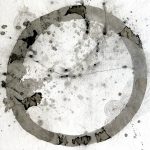 Previous Post
Previous Post Next Post
Next Post